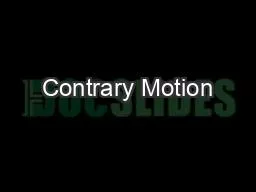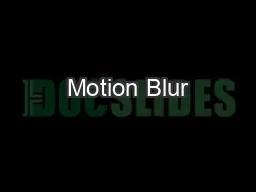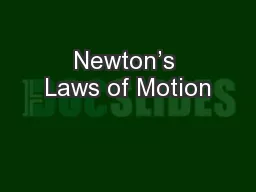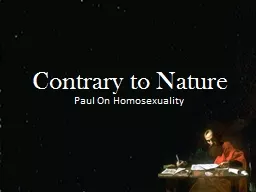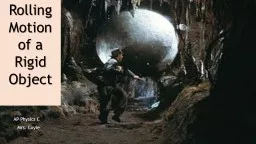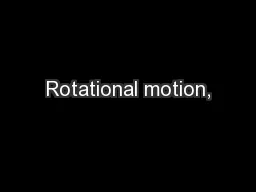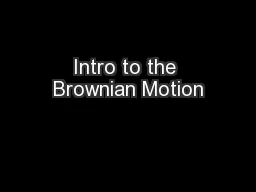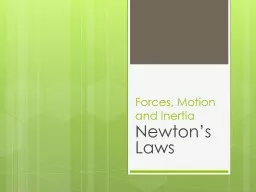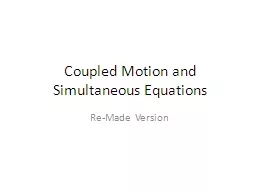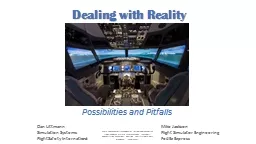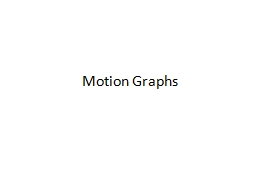PDF-Contrary Motion
Author : iris | Published Date : 2021-10-05
nrnnrnContrary motion describes opposite melodic trajectories taken by two musical lines That is one melody rises in pitch while at the same time another falls Its
Presentation Embed Code
Download Presentation
Download Presentation The PPT/PDF document "Contrary Motion" is the property of its rightful owner. Permission is granted to download and print the materials on this website for personal, non-commercial use only, and to display it on your personal computer provided you do not modify the materials and that you retain all copyright notices contained in the materials. By downloading content from our website, you accept the terms of this agreement.
Contrary Motion: Transcript
Download Rules Of Document
"Contrary Motion"The content belongs to its owner. You may download and print it for personal use, without modification, and keep all copyright notices. By downloading, you agree to these terms.
Related Documents

